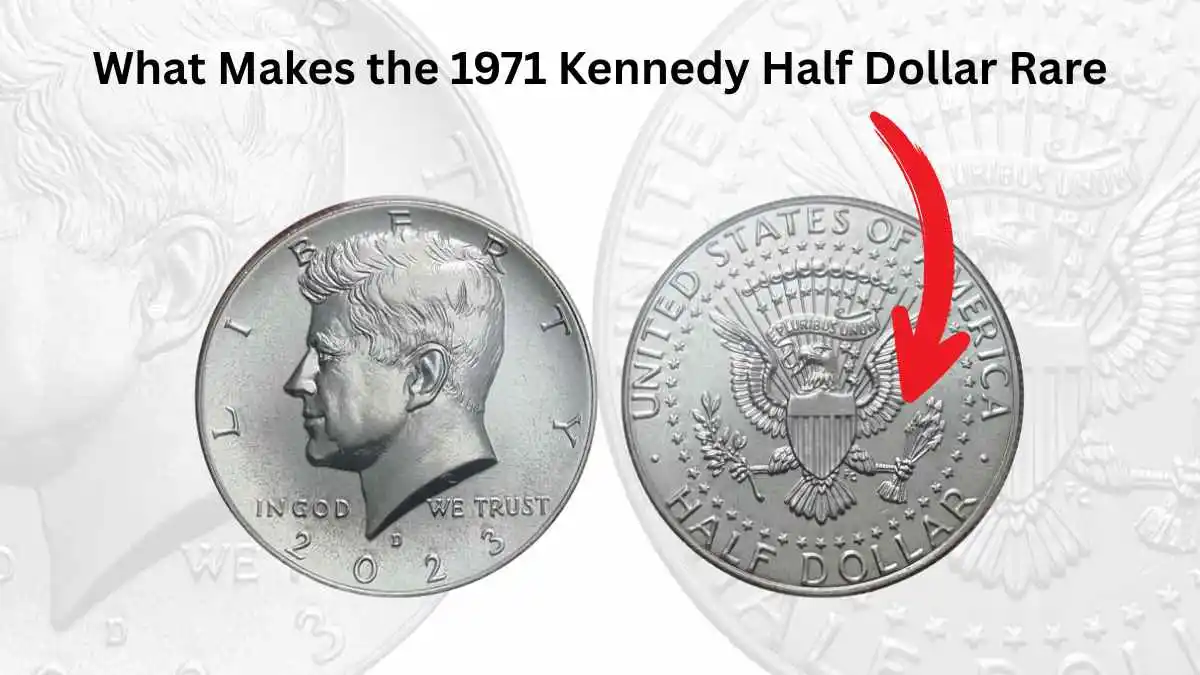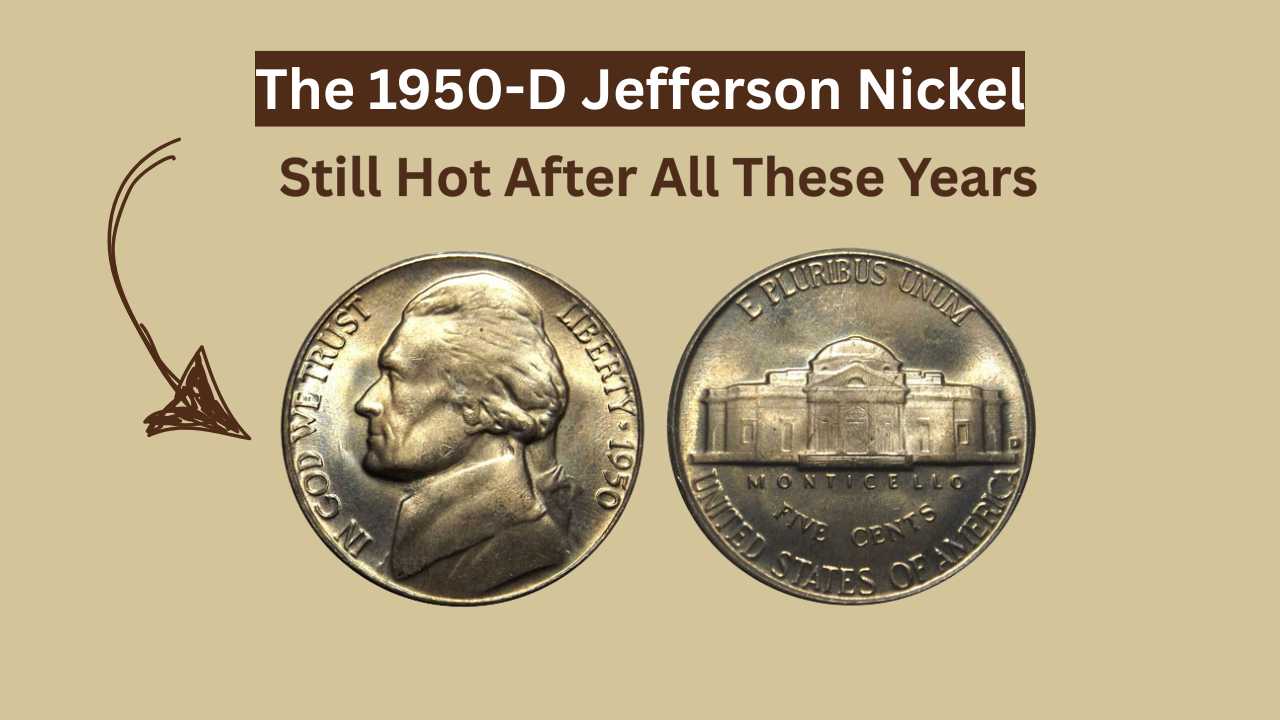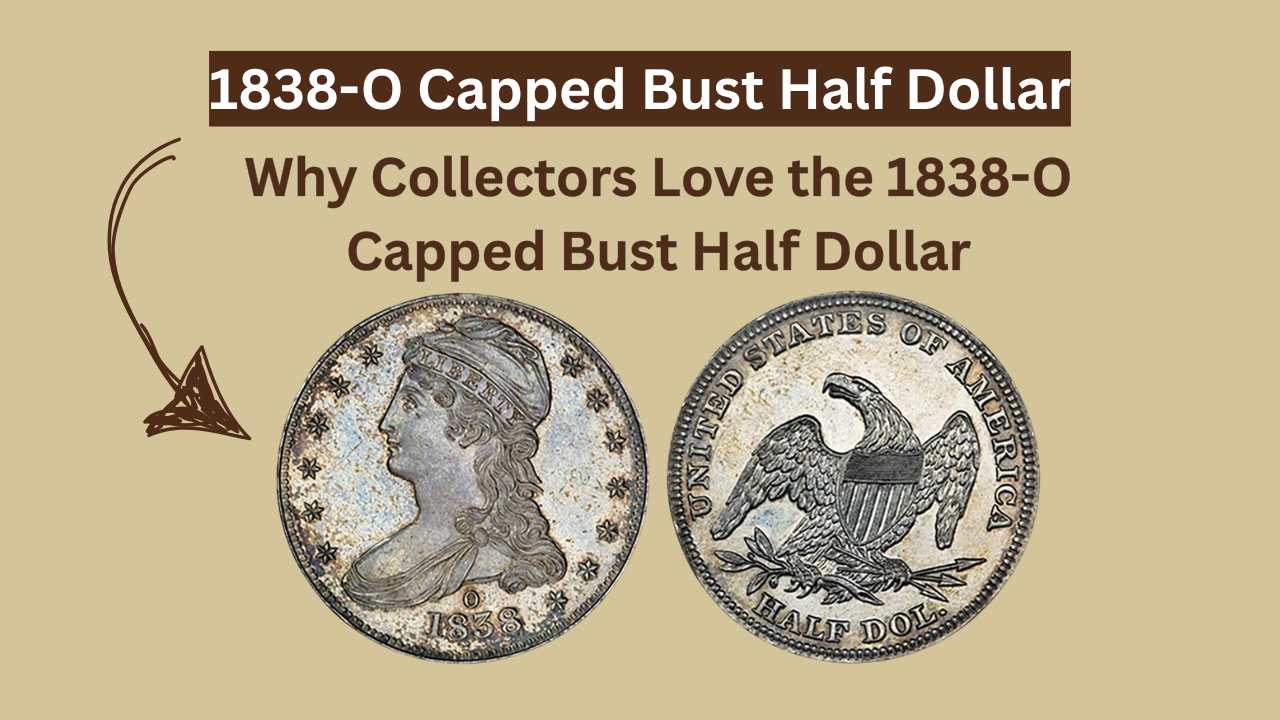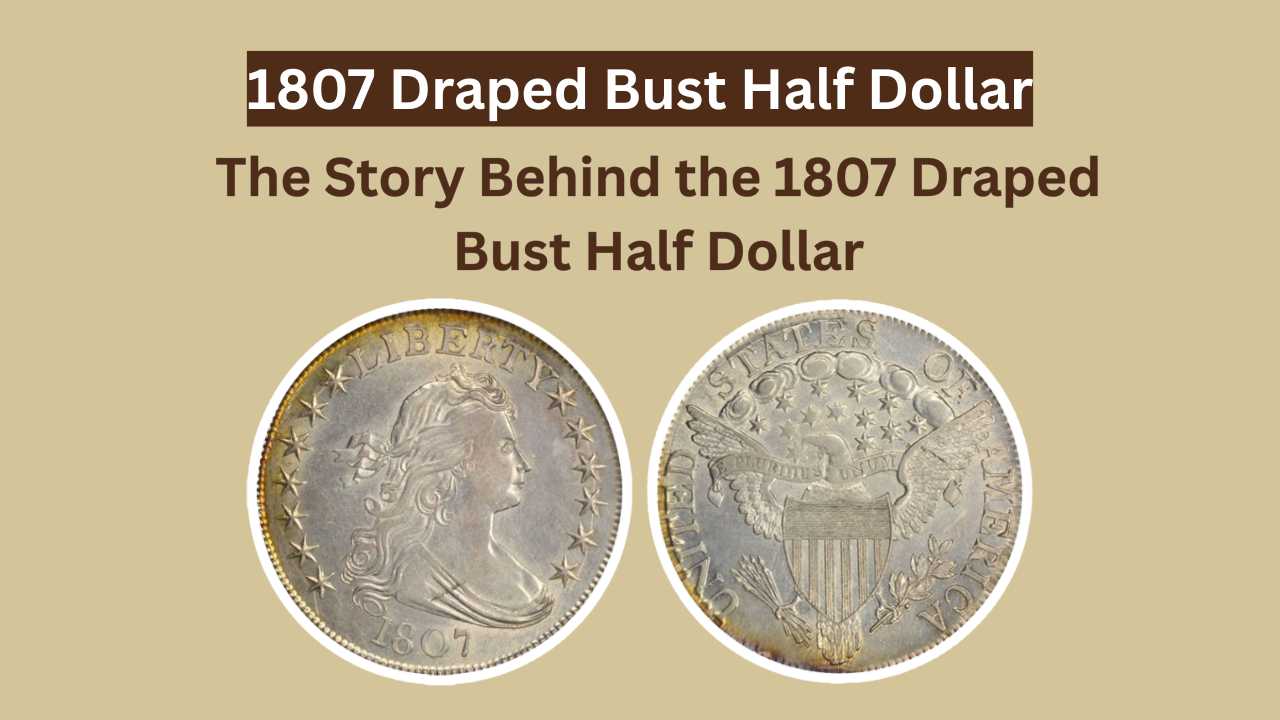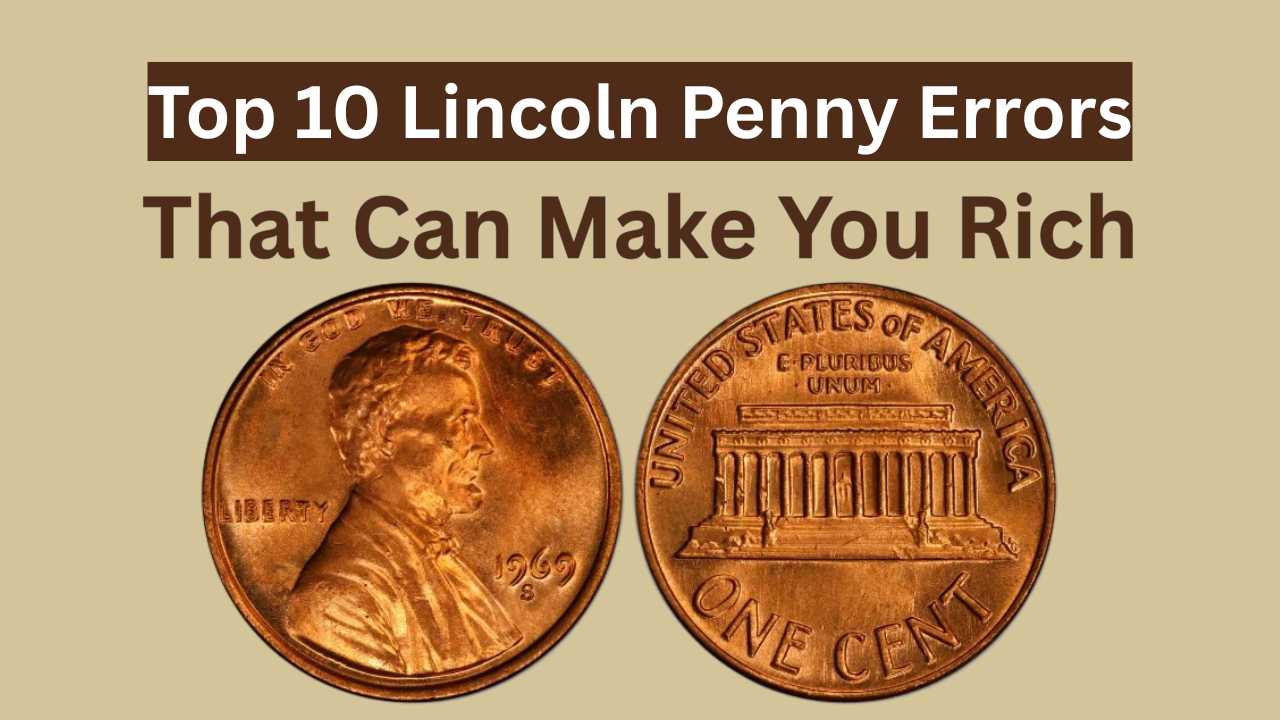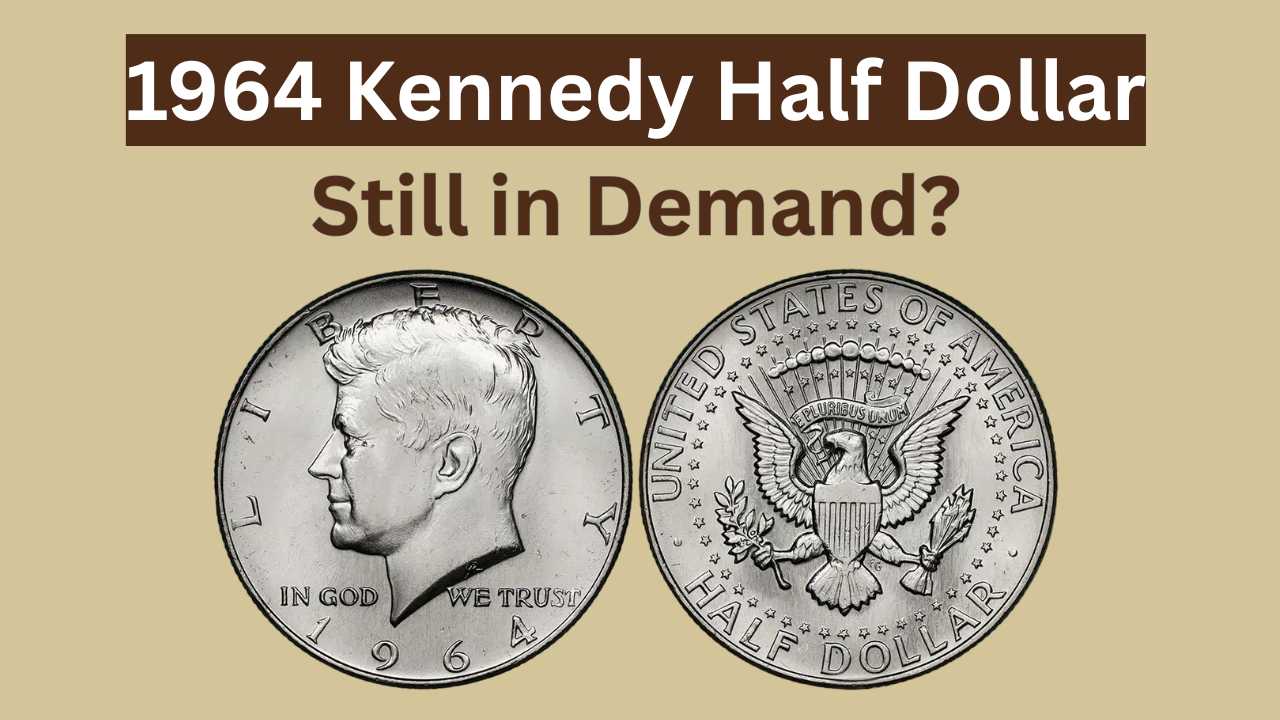
In the vast kingdom of American numismatics, only one coin has earned the title of undisputed royalty. Not because of its weight in silver. Not because of its age. But because of the incredible story it carries—a story of mystery, diplomacy, and obsession. The 1804 Draped Bust Silver Dollar is not just a coin. It’s a myth made metal, a symbol of status, history, and national identity that transcends money itself.
To the outside world, it might just be an old coin with an old date. But for those who understand its legacy, the 1804 Silver Dollar is known simply as the King—and for good reason. It has fetched prices over $7 million. Only 15 specimens are known to exist. And its creation wasn’t even intended for circulation. This is a coin born not of economics, but of diplomatic prestige and political theater—a silent ambassador crafted to impress emperors and kings at a time when America was still proving itself to the world.
A Coin That Was Never Meant to Exist
The strangest truth about the 1804 Silver Dollar is this: none were actually struck in 1804. At least, not for public use. The U.S. Mint had stopped producing silver dollars for circulation in 1803 due to the mass melting of coins and the loss of silver to export. But decades later, in the 1830s, the U.S. government faced a challenge. How do you impress foreign dignitaries with the might of American craftsmanship?
Enter the “diplomatic proof set.” President Andrew Jackson authorized a set of coins—including a silver dollar—with the date 1804 because it was the last year officially recorded in Mint archives for the denomination. These coins were not meant for spending. They were minted as gifts to foreign rulers, wrapped in prestige, and gleaming with the confidence of a young nation asserting its presence on the global stage.
These diplomatic coins became the Class I 1804 Dollars—the most famous and most coveted among collectors today.
The Three Classes of the 1804 Dollar
The tale of the 1804 Draped Bust Dollar is as layered as a detective novel. Experts classify the 15 known examples into three classes, each with its own backstory:
Class I (Originals): Struck in 1834 for diplomatic gifts. Only 8 known.
Class II (Restrikes): Likely made around the late 1850s using leftover dies. Unique.
Class III (Backdoor Rarities): Created under suspicious circumstances, often after working hours at the Mint. 6 known.
Some were struck to meet collectors’ demand. Some were produced in secret. Some were even confiscated by the Secret Service. But all of them share one thing: they’re among the rarest and most desirable coins on Earth.
Here’s a simple snapshot of the 1804 Draped Bust Dollar’s known landscape:
| Class | Struck Year | Purpose | Known Examples | Current Estimated Value |
|---|---|---|---|---|
| I | 1834 | Diplomatic Proof Sets | 8 | $4.1M – $7.7M+ |
| II | ~1858 | Trial or Mint Archive Copy | 1 (Smithsonian) | Not for sale |
| III | ~1858–1860s | Collector demand & backdoor strikes | 6 | $2M – $4M+ |
When History Meets Obsession: The Record-Breaking Sales
Over the years, the 1804 Silver Dollar has set auctions on fire. One of the most famous Class I specimens—the “Sultan of Muscat” dollar, so named because it was presented to the Sultan of Muscat in 1835—became the centerpiece of legendary sales. In 1999, it sold for $4.1 million. It reappeared in 2021, where bidding opened at $2 million and rocketed to $7.68 million, making it one of the most valuable coins ever sold in U.S. history.
And yet, beyond the price tag, it’s the emotional weight of this coin that elevates it to mythical status. It’s the dream of every coin hunter, the Holy Grail of American numismatics. Not because it’s flashy—but because it’s untouchable, unforgettable, and unequaled.
What Makes It So Desirable?
Scarcity alone doesn’t make a coin legendary. The 1804 Dollar combines rarity, mystique, and a dramatic origin story. Its date is misleading. Its purpose was secret. Its production was limited to an elite few. And over time, it has gained the kind of prestige usually reserved for royal heirlooms or lost treasure.
Collectors don’t just want the coin—they want the bragging rights that come with it. To own an 1804 Silver Dollar is to hold something that even presidents and princes couldn’t casually obtain. These coins weren’t meant for the common man. They were designed to awe emperors, which means they still carry that energy today. When you see one, you feel it—an almost magnetic pull that whispers, “You’re looking at the top of the mountain.”
A Silent Symbol of American Legacy
In a time when wealth is increasingly digital and ephemeral, coins like the 1804 Draped Bust Silver Dollar ground us in physical legacy. They’re tangible proof of how far America has come. They mark a moment when diplomacy required craftsmanship, not tweets. When a young country had to win over the world with design, vision, and intention.
The 1804 Dollar tells that story without a single word. Its design—a classic Liberty on one side, a heraldic eagle on the other—captures the birth of national identity. And for those lucky enough to even see one in person, it delivers a rush of reverence few artifacts ever provide.
Could Another Surface?
That’s the tantalizing question. Every few years, rumors swirl. Could a forgotten specimen be tucked away in a private collection? A misidentified heirloom in an attic? Even seasoned experts stay alert. In the shadowy corners of estate auctions and private deals, the legend of the 1804 Silver Dollar still breathes.
And that’s what keeps collectors dreaming. The idea that somewhere, somehow, the next King might resurface.
Final Thought
The 1804 Draped Bust Silver Dollar is not just a coin. It’s a mirror reflecting American ambition, diplomacy, and craftsmanship at their finest. Its existence defies logic. Its journey is stranger than fiction. And its allure only grows with time.
To collectors, it’s not about the silver. It’s about status, story, and soul. It’s a reminder that some treasures are forged not by accident—but by vision. And in the world of numismatics, the King still reigns supreme.

